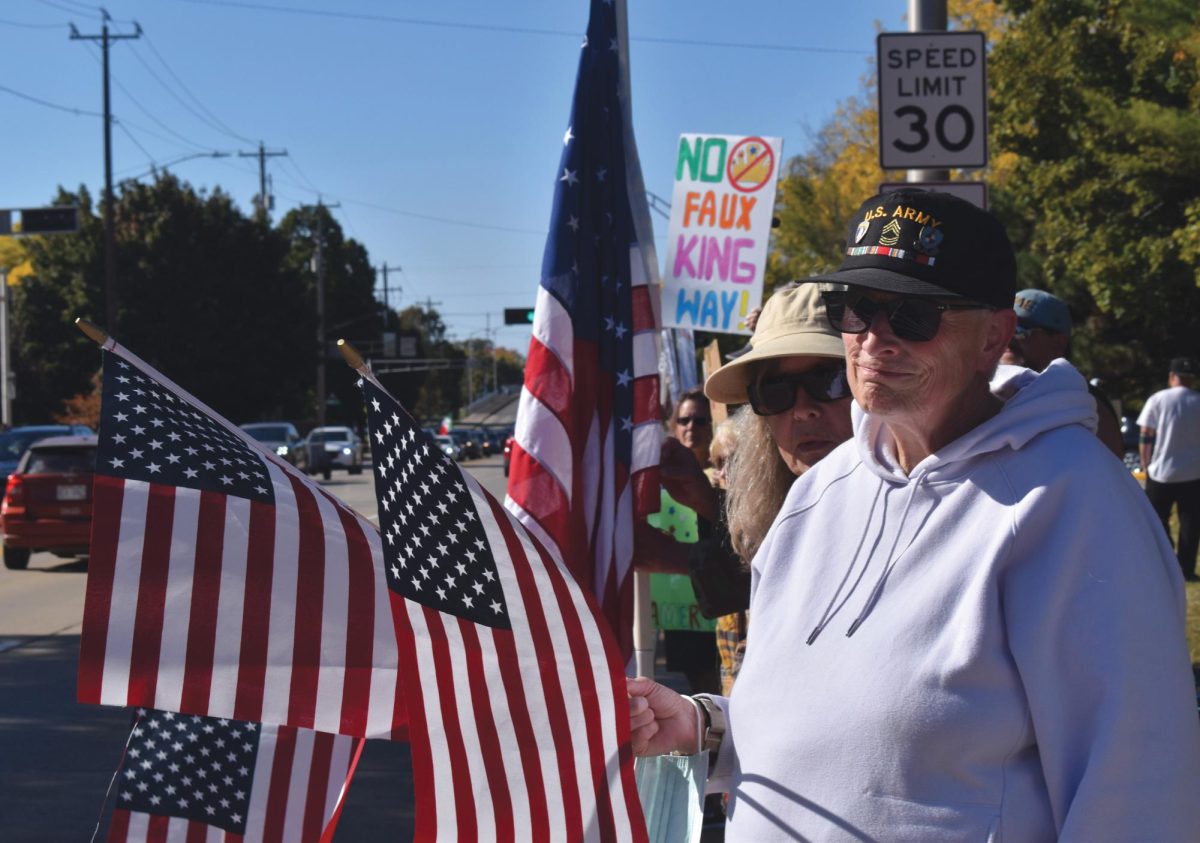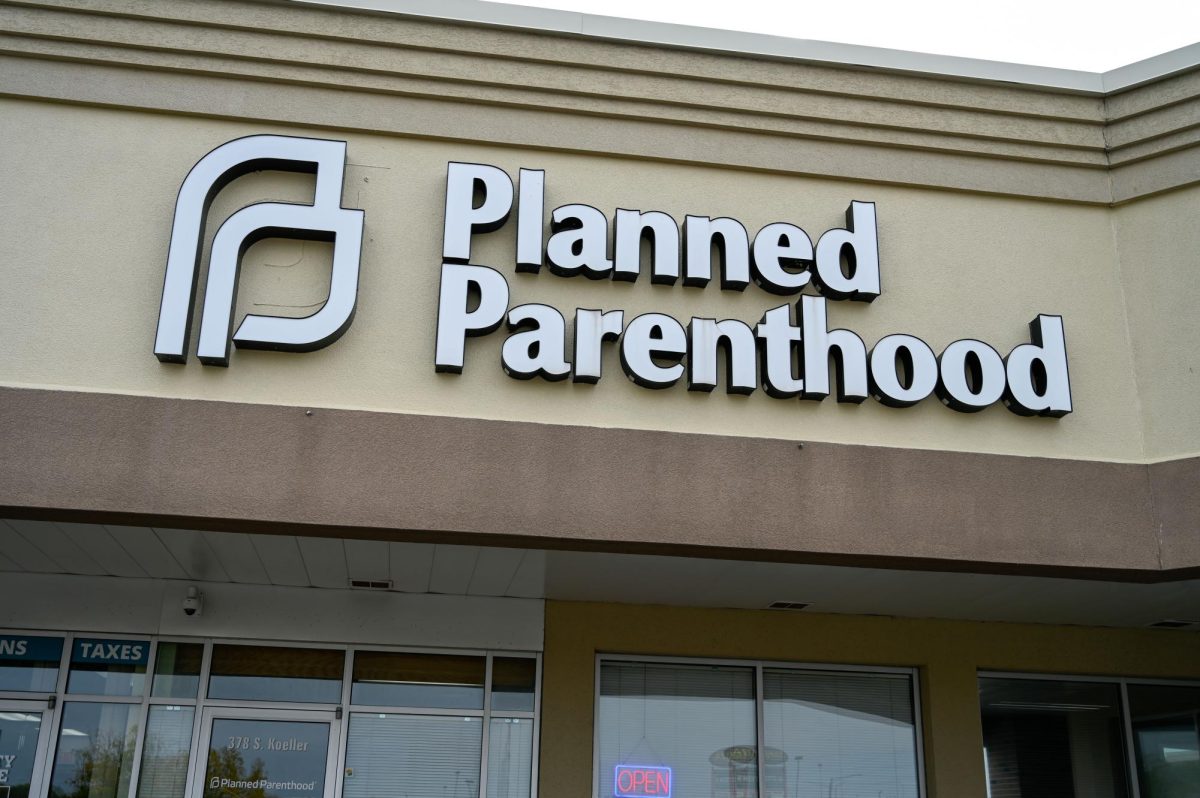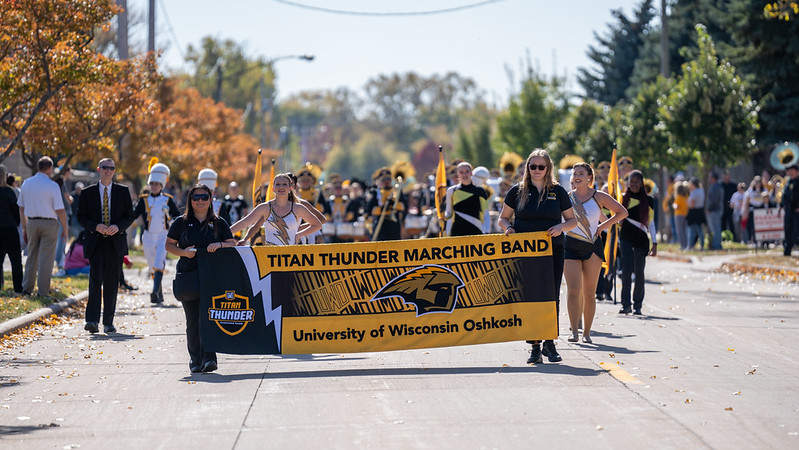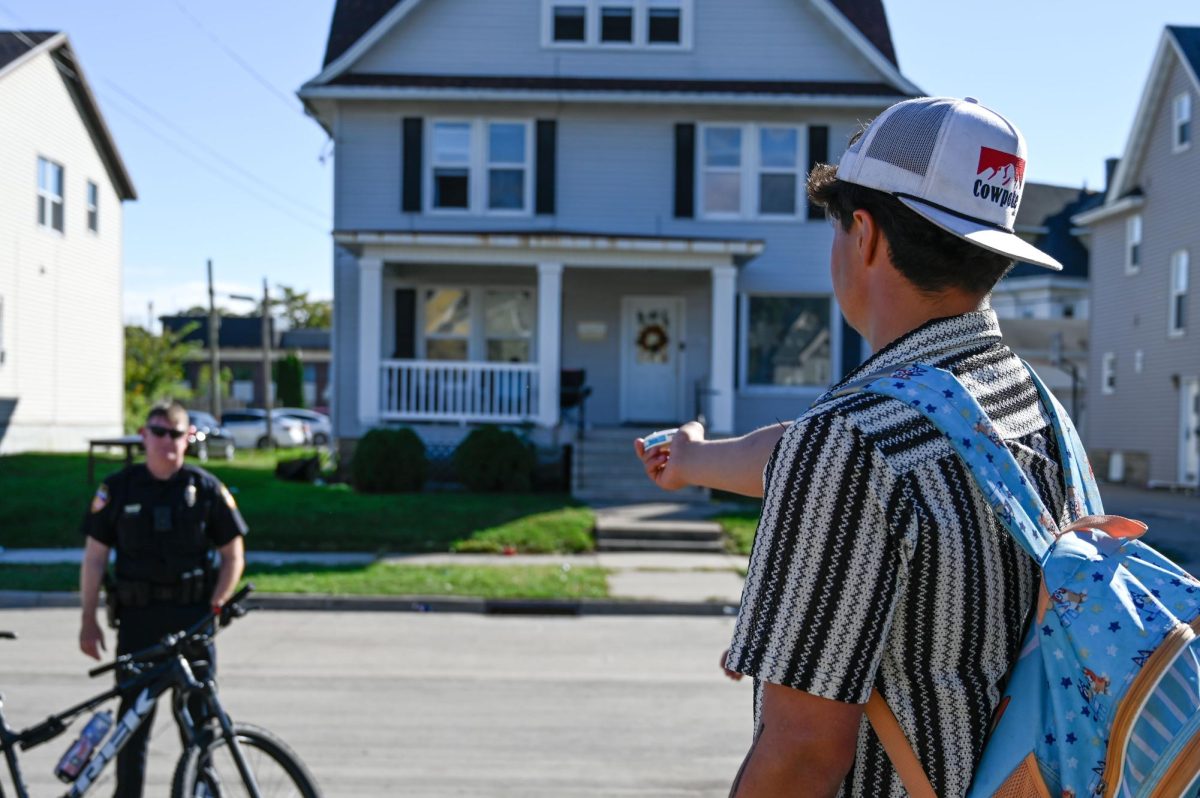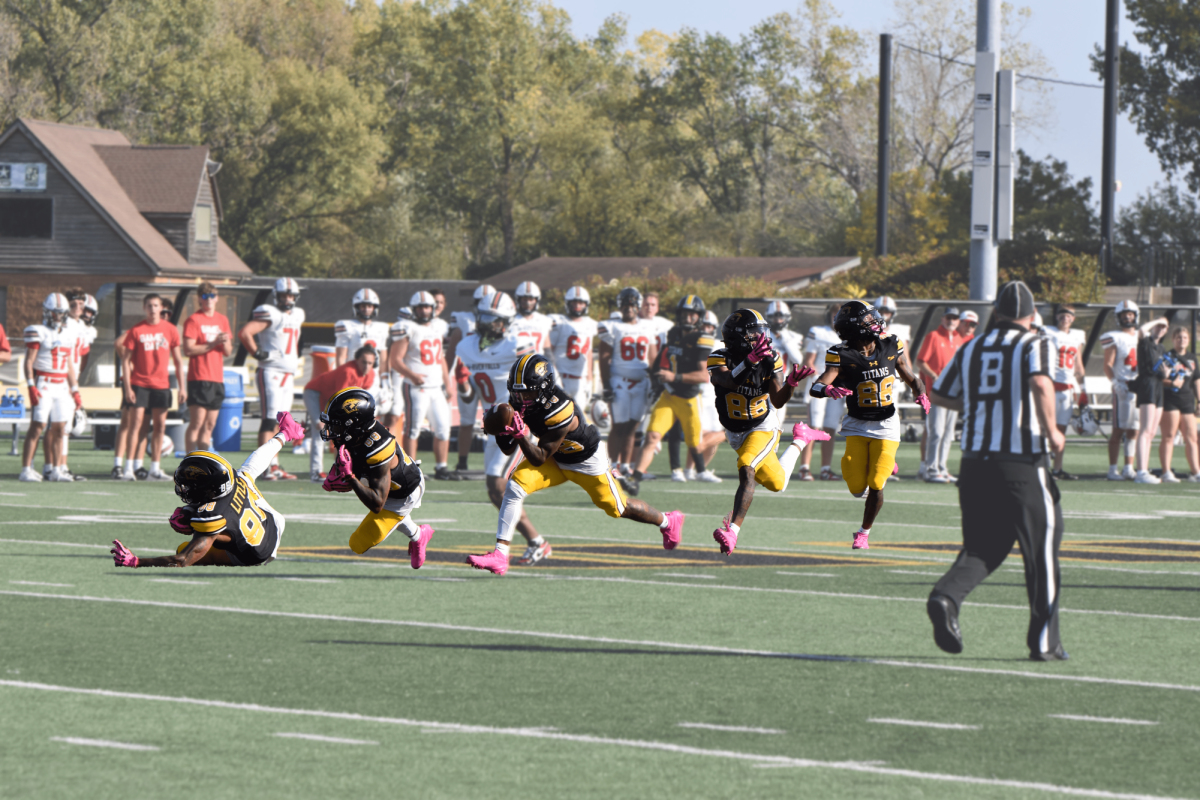A warming planet caused by climate change and people’s negligence is wreaking havoc on Wisconsin and all over the nation. April 13 marked Wisconsin’s most active wildfire day this year with 37 fires burning over 300 acres.
By exacerbating hot and dry conditions, climate change is causing fires to catch and spread more quickly. The Earth’s temperature has risen an average of 0.11 degrees Fahrenheit per decade since 1850, and the 10 warmest years in recorded history have all been in within the last decade.
Wildfires are a natural part of the ecological system, but right now they have the capability to majorly disrupt the ecosystem.
In a 2016 report, researchers John Abatzoglou and Park Williams said, “increased forest fire activity across the western United States in recent decades has contributed to widespread forest mortality, carbon emissions, periods of degraded air quality and substantial fire suppression expenditures.”
Catherine Koele, a wildfire prevention specialist with the Wisconsin Department of Natural Resources (DNR), said this year, burn season began early.
“We’re about two weeks ahead of schedule, in terms of where we normally are,” Koele said.
The US has spent over $80 billion dollars in wildfire reparations from 2017 to 2021.
“Spring is typically fire season in Wisconsin, and particularly in the Great Lakes region,” Koele said. “That is not uncommon. However, this year was a little unique in the sense that we went snow-free statewide back in February.”
A lack of snow over the winter, coupled with extreme winds this April, has created the perfect environment for wildfires.
Usually, Wisconsin would have experienced melting snow during the end of February and beginning of March. This year, dead and dry vegetation cover the ground, and grasses and trees have yet to fully turn green.
Another factor contributing to fires is yard clean-up.
“98% of our fires are caused by people,” Koele said. “Most folks are outside, cleaning up their yards this time of year – leaves, brush, pine needles – and then choosing to burn those materials. So we see a lot of our fire started from burning debris.”
John Holland, the Oshkosh Fire Department’s public information officer, said the city of Oshkosh started requiring burn permits for that reason.
“The city went to burn permits due to the fact that we were having way too many calls for people inappropriately burning things in their backyards,” Holland said.
Koele said it’s not uncommon that wildfires start in city areas and spread outward.
Holland said the campus community needs to stay vigilant during the high-risk season.
“Another issue we have in the university area is people grilling on wooden porches and/or carelessly disposing of their ashes,” Holland said. “They should always make sure a ‘responsible party’ is outside with the fire at all times.”
Samantha Larson, an associate professor of public administration at UW Oshkosh, said many wildfires also start from campfires.
“Whenever I’m camping, I make sure to check the current local fire danger conditions and check with the park to see if campfire permits are needed or if there are any restrictions on burning,” Larson said.
To check burning conditions in Wisconsin, you can use the DNR’s WisBurn website at apps.dnr.wi.gov/wisburn/.
“Even when fires are allowed, it’s also critical to always make sure they are put out before leaving them, either by stirring it or flooding it with water,” Larson said. “That way, you can reduce the likelihood of the fire starting back up or embers getting away on you and catching fire somewhere else.”
Larson and Koele both said the risk for fires increases when winds are high.
“Winds can really carry a fire and increase the combustion,” Larson said. “There are times when I’ve started a campfire in my yard when the wind is low, but then it picks up and the fire will really grow. That’s another important thing to keep an eye on. It’s also important to be prepared to put out a fire when conditions change to reduce risk.”
Holland reminds everyone that only professional firefighters should attempt to put out large fires.
“The only fire people should attempt to fight is a small one that is contained (not moving),” Holland said. “By small I mean human-sized at the most.”
Wisconsin has had its fair share of serious fires. In 1871, the Peshtigo Fire became the deadliest wildfire in American history, burning 1.2 million acres in northeast Wisconsin – more than 1,200 lives were lost in that fire.
In 2013, the Germann Road Fire in Douglas County and Bayfield County burned 7,499 acres and destroyed 104 structures – 23 of them residences.
According to Holland, unless the fire is in an outdoor firepit, people should never use water to put it out.
“Prior to fighting the fire they should call 911 and get us coming,” Holland said. “Even if they do put the fire out they should still call so that we can ensure that it is out. Instead of fighting the fire they should just get out and call 911. That’s always the safest bet.”





